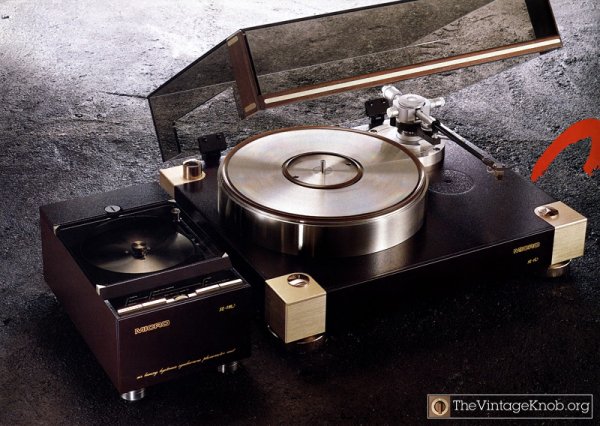Hi Gary,
My question for Nishikawa-san, since it has a vacuum/ air operation system, does it produce water deposits under the platter that needs to be cleaned regularly? I'm living in a high humidity environment, could this somehow also affect the accumulation of water deposits? Lastly, can an air operated tonearm like the Kuzma air line be used in the Techdas?
My question for Nishikawa-san, since it has a vacuum/ air operation system, does it produce water deposits under the platter that needs to be cleaned regularly? I'm living in a high humidity environment, could this somehow also affect the accumulation of water deposits? Lastly, can an air operated tonearm like the Kuzma air line be used in the Techdas?


